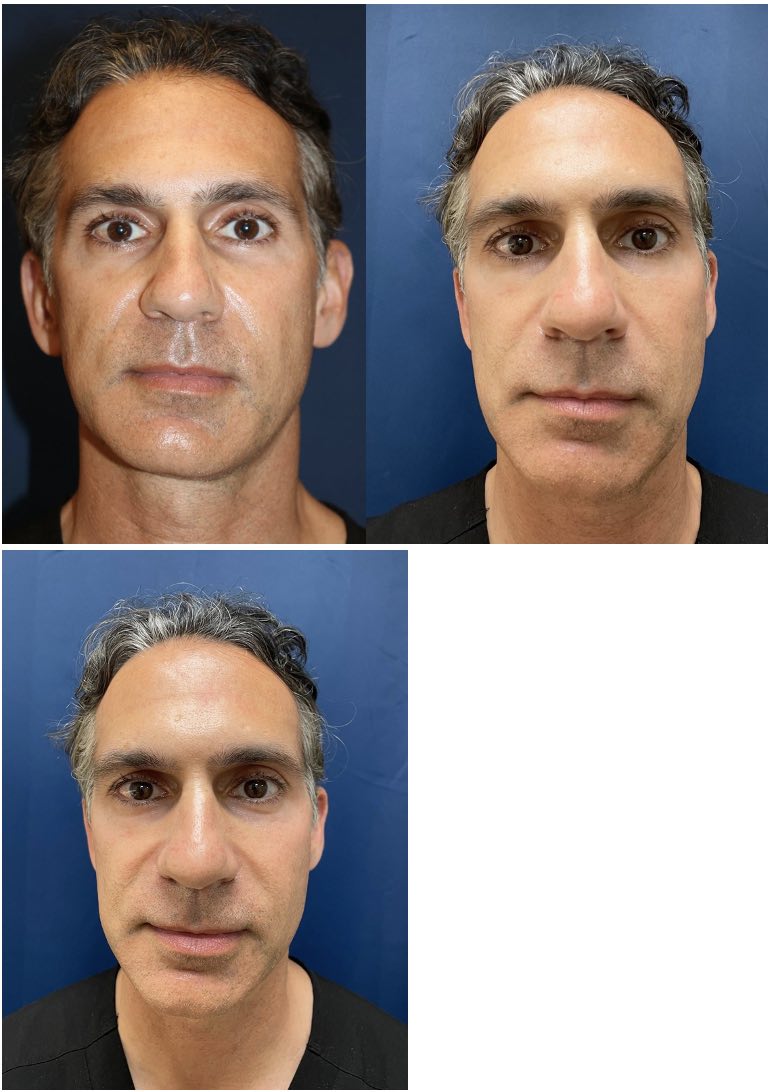
For the past 10 years, social media’s significant impact on the way individuals engage with each other has been technologically advanced with its innovative systems that are always updated. Instagram photos, thanks to the powerful new lenses of phone cameras have turned into the go-to tool being used for the pinnacle of aesthetic achievement, with the principal objective being to publish the most stunning image possible and gain the most number of likes, which opens plenty of doors for content creators or individuals hoping to break into the barriers of fame.
One question that has come up in discussions about social media is if any, does social media affect the user’s decision-making in subjects like plastic surgery? According to a research study from the American Society of Plastic Surgeons, “Patients increasingly use photographs taken with a front-facing smartphone camera—“selfies”—to discuss their goals with a plastic surgeon.” (Read Study here: https://drive.google.com/file/d/1Tms1JS-oMpVsJnlIBAMcGRiwleyUvjq2/view?usp=sharing)
Dr Michael Newman, one of Hollywood’s top A-list Plastic Surgeons, dishes out the reality of the “selfie” and how it affects a number of individuals who are modifying their appearances as a direct result of the images they take of themselves.
The three main points to talk about are the following:
- Because of the distortion caused by smartphone cameras, our appearances can be significantly altered compared to how they are in real life. Because of this distortion, there has been an uptick in demand for plastic surgery.
- Both traditional camera photos and those captured by smartphone rear view and front view (selfie) cameras are shown to have varying degrees of distortion when compared to those captured by traditional cameras in two new research publications that were recently released.
- We must educate patients about the distortion effects of smartphone cameras so that patients do not become extremely critical of how they seem in photos and videos taken with their smartphones.
HOW DO “SELFIES” IMPACT A PERSON’S NOTION OF PERFECTION?
A number of patients express dissatisfaction with their appearance in photographs. This has been an ongoing trend in plastic surgery, and the attention is typically directed toward how the patient’s face appears in photographs rather than how the patient’s body appears altogether. Some examples include seeing the hump on a nose that is more evident from the side view, seeing additional skin hanging from the neck, or seeing wrinkles in different lighting conditions. However, smartphones have significantly exacerbated this problem for a number of reasons, including the following:
To begin, taking pictures and sharing them is much simpler today than it was in the days when you had to use a traditional camera and have the film developed.
Because of the way the lens is shaped on smartphones, images taken with these devices tend to be more distorted than those taken with traditional cameras. Additionally, the lenses of smartphones emphasize the asymmetrical features of the face and torso. This is because the lens has a curved shape, which results in a distortion known as parallax. This makes asymmetries more evident, even though they may be hardly noticeable in person or with a conventional camera photo. This is because this causes the asymmetries to stand out more. This is sometimes referred to as the fisheye effect.
Below are photos of Dr Michael Newman showing the comparison of photos taken with a DSLR, a Front-facing cellphone camera, and a rear-facing cellphone camera, respectively:

The three attached photos are:
- DSLR (Digital Single Lens Reflex) camera, Canon EOS Rebel T7. This is the camera used for standard photography since it offers the least amount of distortion through the lens, and this is the closest representation of what we see with our eyes.
- Front-facing (selfie) smartphone camera taken with an Apple iPhone Mini 12.
- Rear-facing smartphone camera taken with an Apple iPhone Mini 12.
Each photograph was taken with the same camera and settings on the same day, in the same room, and with the same lighting. Both pictures were taken with the smartphone highlighting the severe distortion generated by the lenses on phone cameras. These lenses were designed to take in a broader field of vision, but as a side effect, they cause distortion. To be more specific, the lens of a smartphone camera magnifies objects closer to the center of the frame, decreases the size of objects that are further out, and accentuates any irregularities in the picture. Compared to the photographs taken with the DSLR camera, the two taken with my smartphone give the impression that my nose is disproportionately huge compared to the rest of my face. In addition, my facial asymmetry is accentuated in the photographs taken with a smartphone camera. In particular, my chin, jaw, and forehead appear to be tilted in a far more unnatural manner in those shots in comparison to the photographs taken with a DSLR camera.
And last but not least, there is the zoom effect. Because we hold a significant number of our meetings online these days, we frequently use our smartphones to participate in video conferences. This has two different repercussions. First, because we often hold the phone below the level of our faces while bending our necks downward, this causes the excess skin in our necks to bunch up, which in turn leads to an increase in the number of people who seek out surgical neck lifts. Plus, the video software that we use (FaceTime, Zoom, etc.) provides us with a real-time image of ourselves that we can stare at and critique while we are participating in the conference. This is something that would never occur during a meeting that was conducted in person. Because of the issues with lens distortion stated earlier, the angle at which we hold the smartphone in our hands, and the frequently inadequate lighting, the majority of the time, we seem considerably worse in those photographs than we do in real life. This is one of the primary reasons why so many more individuals are seeking plastic surgery these days.
Two publications published not too long ago have opened the discussion on how smartphone cameras produce a significant amount of facial distortion. The articles presented comparisons of photographs taken with a professional camera, a camera on a smartphone, and a selfie camera on a smartphone, illustrating the unattractive distortion effects that the smartphone cameras produce. Because smartphones have curved lenses designed to capture a wider perspective, they distort facial proportions by making central items appear larger and peripheral objects appear smaller. This results in creating a disproportionate view between the center and peripheral features of a face. More specifically, the nose frequently seems to be bigger than the rest of the face, and other facial asymmetries are accentuated.
As an example, I recently had a stunning professional model visit my office. She was appalled by the asymmetry of her eyebrows and eyelids and wanted to know what might be done about it. She showed me images on her phone that demonstrated how one of her eyebrows is higher, and her eye-opening is larger on one side than the other. When I looked at her more carefully, I recognized these differences, but they were far less noticeable in person than in the photographs. I told her that the camera on her smartphone has a curved lens, which causes distortion and exaggerates any asymmetries. I reassured her that the asymmetry is far more minor and scarcely evident in person compared to the images. She was under so much stress as a result of this that when she finally found out the truth, she immediately burst into tears of relief.
There is no doubt that the proliferation of smartphones and video conferencing has directly contributed to a significant uptick in demand for plastic surgery. Unfortunately, the distortion generated by these technologies has led to increased concerns about appearance and a decline in self-esteem. These feelings are generally unjustified because the vast majority of us look considerably better in person than in the photographs taken by our smartphone cameras. Because most people do not perceive modest asymmetries in conversation or images taken with conventional cameras, it is generally not worth pursuing plastic surgery to fix subtle asymmetries. Mild asymmetries are widespread, and most people do not notice mild asymmetries in photos or conversations. Instead, I find myself attempting to talk many of my patients out of getting plastic surgery since many want to “correct” defects they see in these distorted smartphone images that, in real life, are either very minor or not there at all.
For more about Dr Michael Newman, go to http://www.drnewmanbeverlyhills.com/
Advertising disclosure: We may receive compensation for some of the links in our stories. Thank you for supporting LA Weekly and our advertisers.
